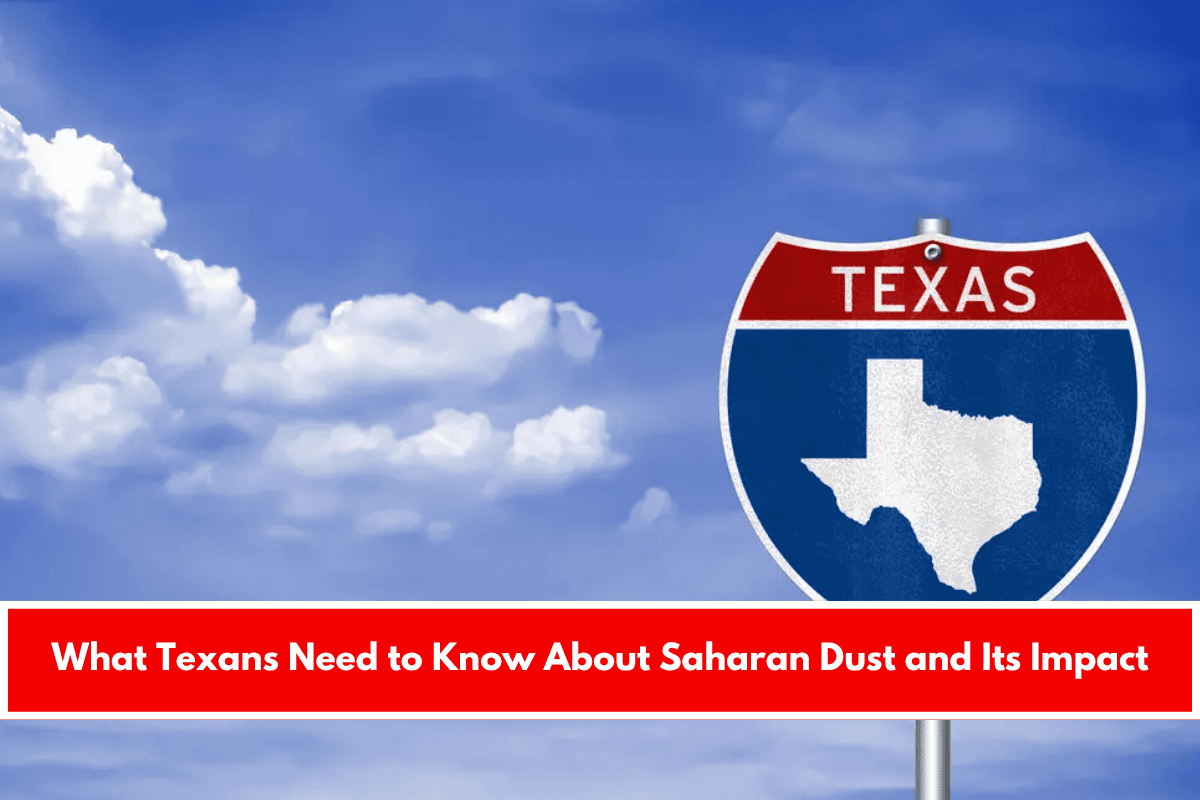This severe weather season, Texans have been dealing with plenty of rain, thunder, and the occasional storm. But there’s another element in the air that may have caught your attention—Saharan dust.
According to the Dallas Morning News, clouds of dust from the Sahara Desert have already made their way across the Atlantic and have started impacting not just Florida, but other Gulf Coast states as well. So, should Texans be concerned about it?
Should Texans Be Concerned About Saharan Dust?
The short answer: No. While it might seem alarming to hear about dust from the Sahara drifting across the ocean, there’s really no reason for residents in Texas to panic. In fact, this is a common occurrence during the summer months, and it has been happening for quite some time. In most cases, Saharan dust doesn’t cause major problems for residents.
In fact, Saharan dust can have some positive effects, particularly during hurricane season. The dust in the atmosphere can actually prevent hurricanes from forming or at least limit their strength. It’s a natural phenomenon that, while noticeable, is typically harmless for most people. That said, there are still a few things to watch out for.
How Does Saharan Dust Get to Texas?
According to the Dallas Morning News, Saharan dust is carried by the jet stream. When large amounts of dust are kicked up from the southern edge of the Sahara Desert, the dust is then carried across the Atlantic Ocean. The phenomenon is called the Saharan Air Layer, and it can travel as far as the United States.
As the dust moves across the ocean, it forms a massive cloud that can be over 2 miles tall. The National Oceanic and Atmospheric Administration (NOAA) explains that the air layer begins about a mile above the ocean’s surface. Once it reaches land, it can affect different parts of the U.S., including Texas.
What Will Texans Notice?
For Texans, the biggest impact from the Saharan dust will be hazy skies, especially in North Texas. Residents can expect to see some colorful sunsets due to the dust particles in the atmosphere, which can scatter sunlight. While it may look beautiful, it’s not something you need to worry about.
Along the coast, some residents may experience reduced air quality. This could potentially affect people with respiratory issues, like asthma or allergies. However, for most people, the impact is mild and temporary. If you’re sensitive to air quality, it’s a good idea to keep an eye on local air quality reports.











Leave a Reply